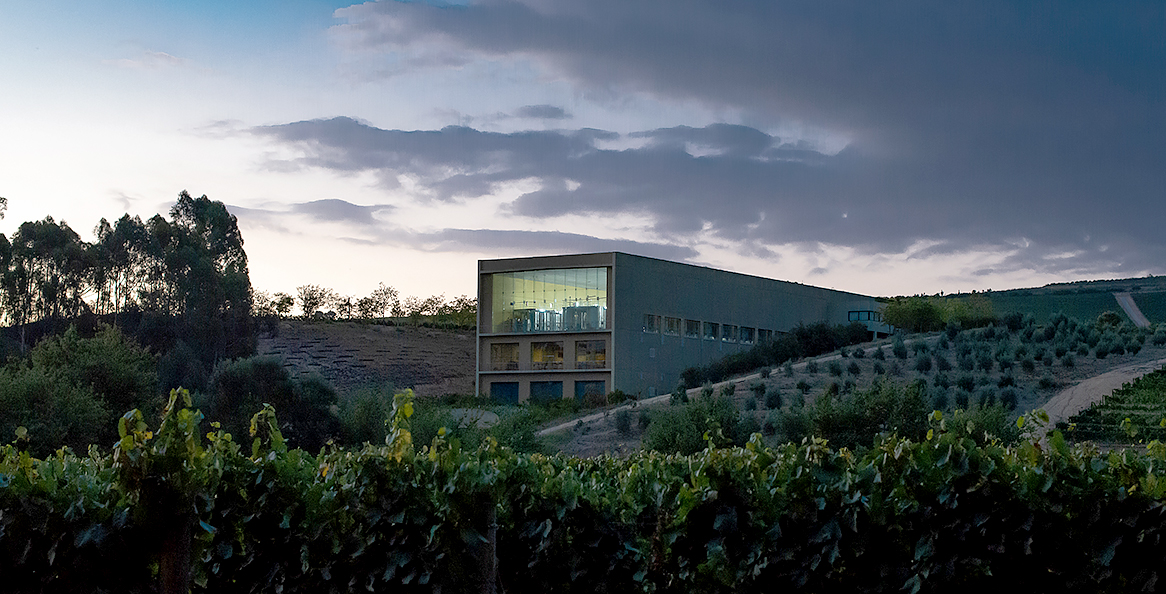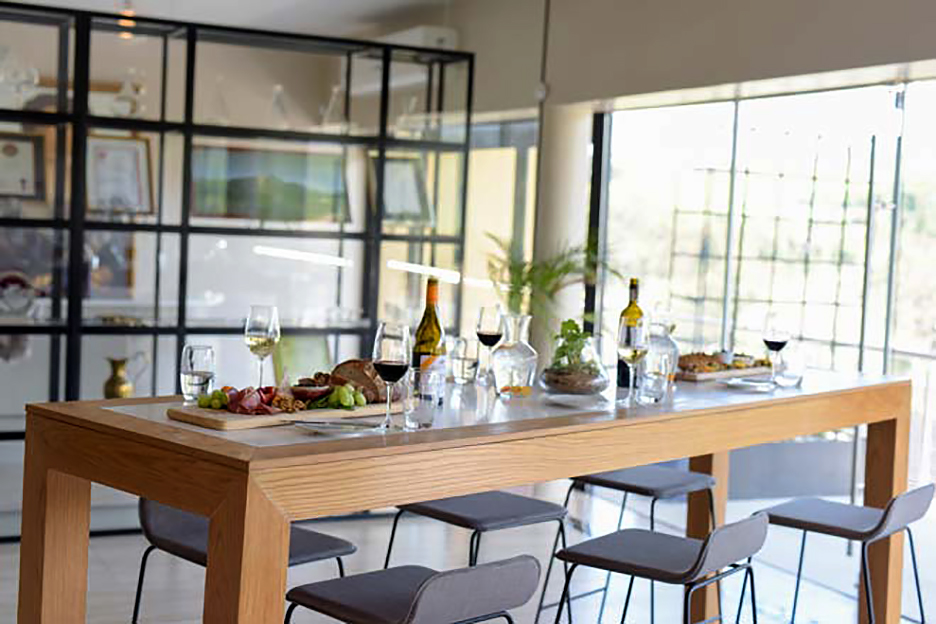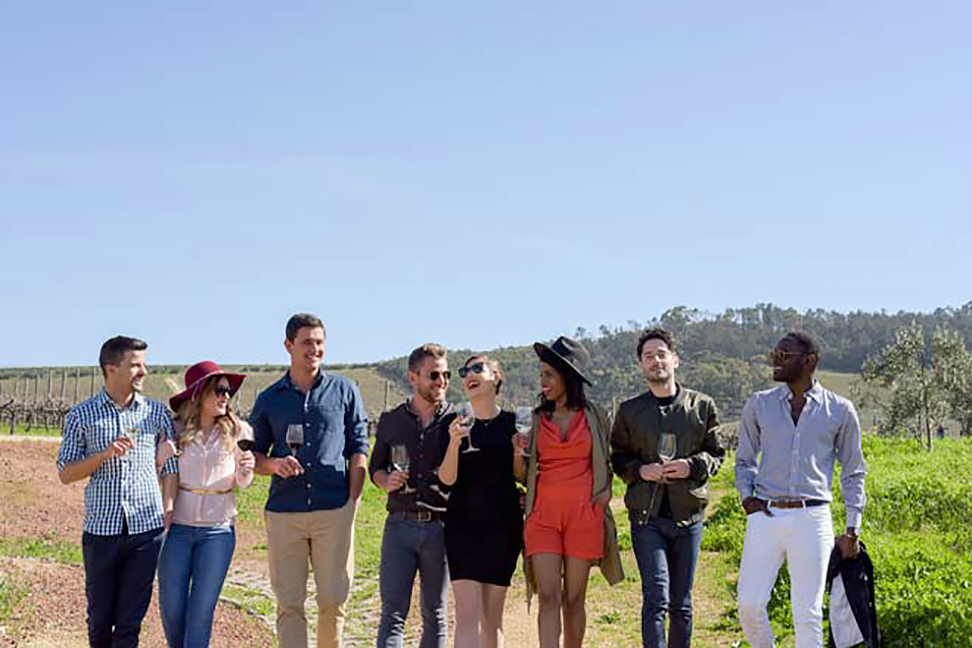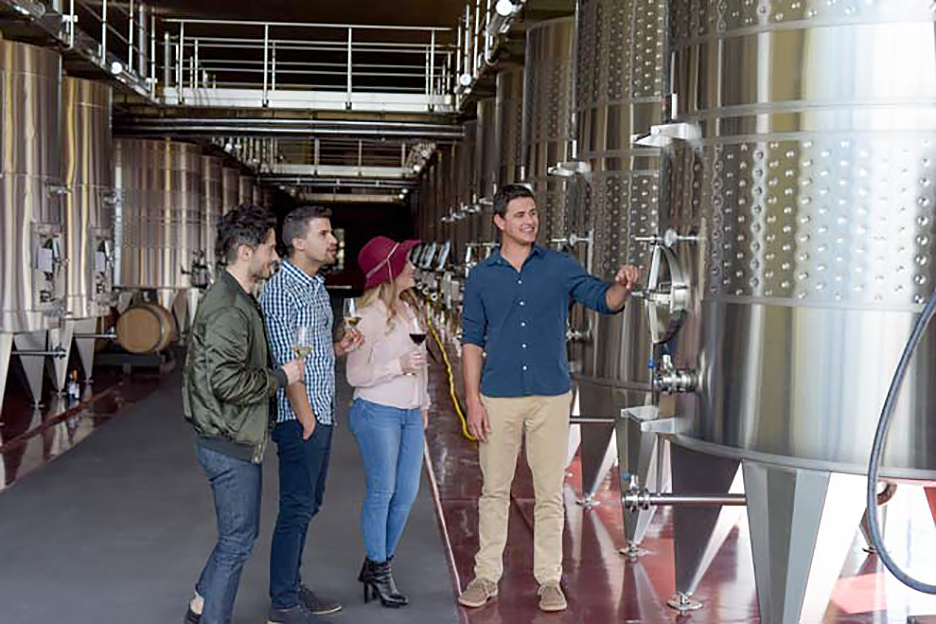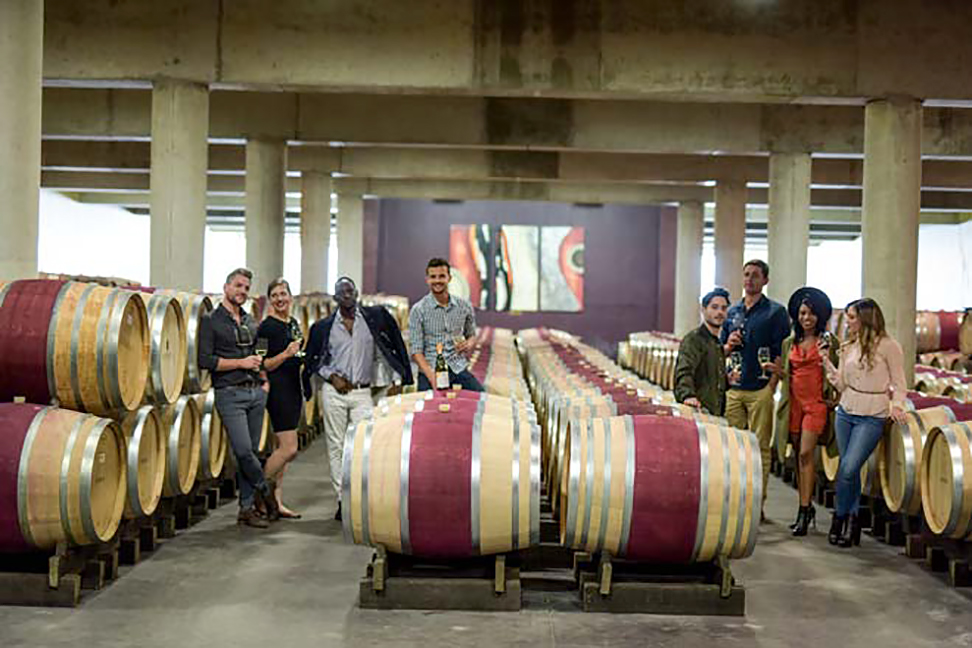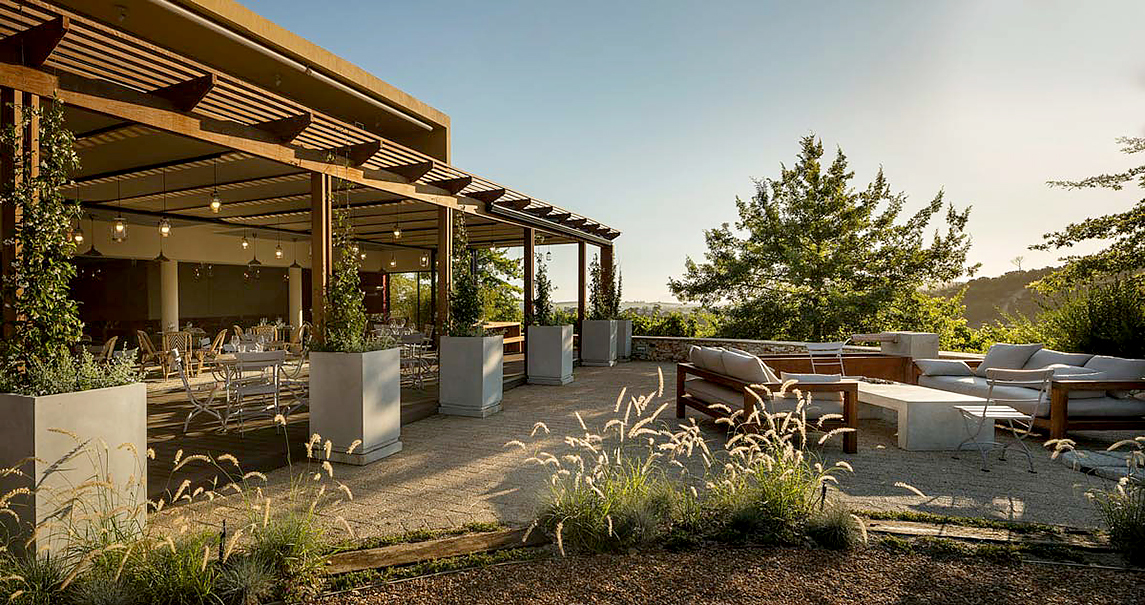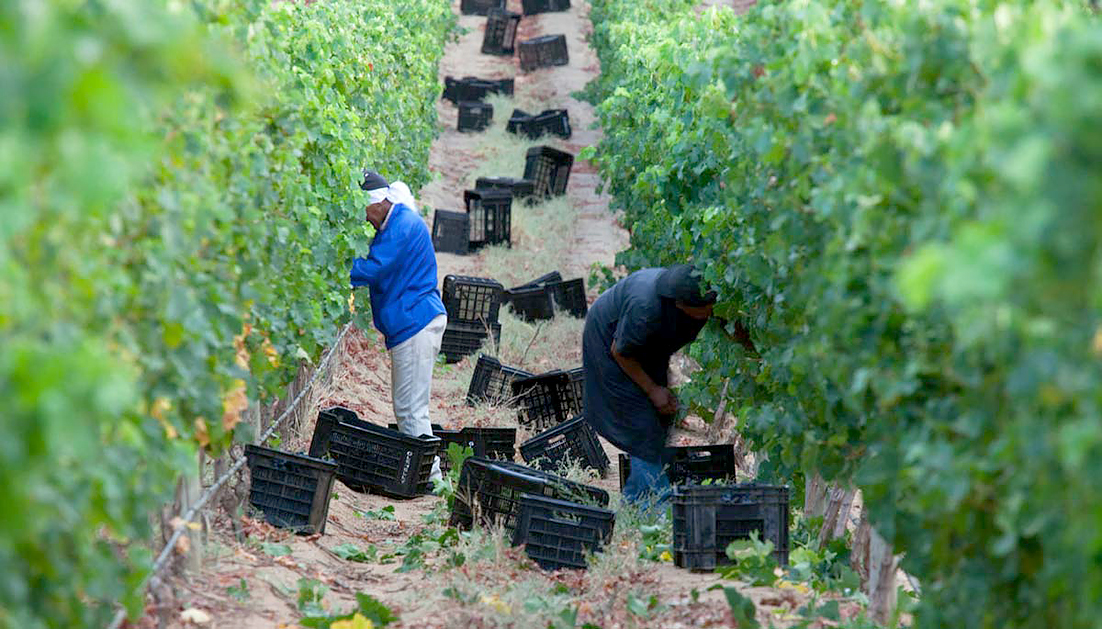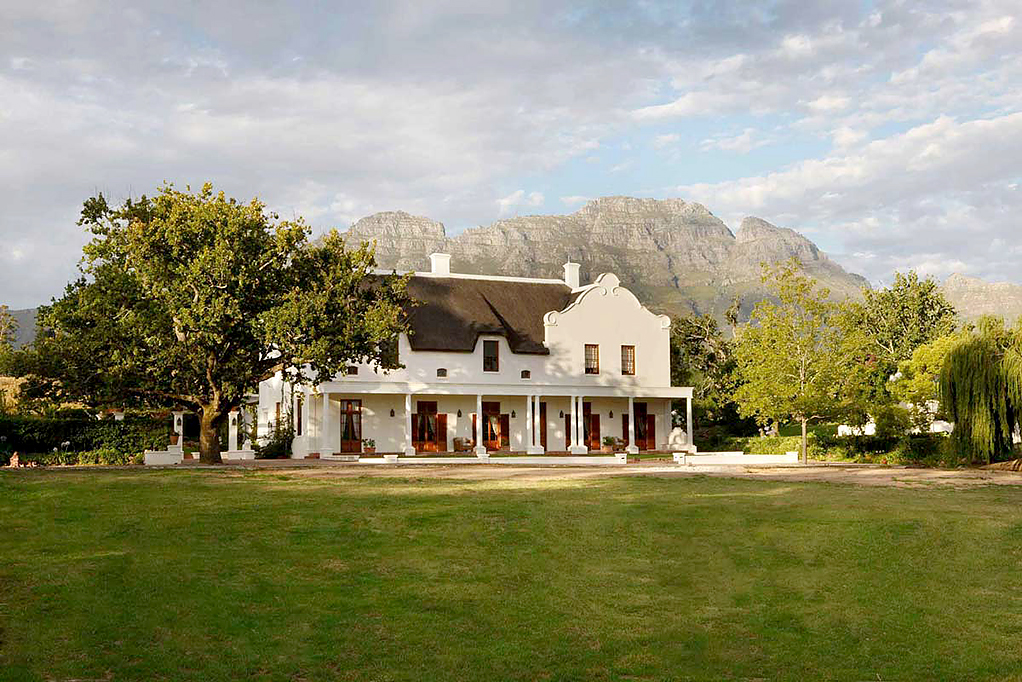Deep ruby color; cherry, plum, blackberry, cedar, oak spice on the nose; black cherry, blackberry, blackcurrant, chocolate, tobacco, leather, smoke on the palate.
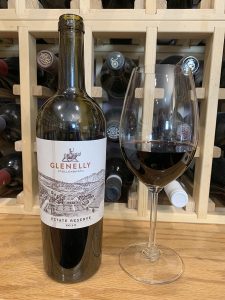
Dry; dusty tannins that are somewhat relaxed after nine years of bottle age but still noticeable. Good acidity (3.67 pH). Medium body. Medium bold. Definitely brings oak, but not obnoxious; the nine years likely helps. Blend of 45% cabernet sauvignon, 38% shiraz, 11% petit verdot, 6% merlot. Although cab takes the lead and there is only a dash of merlot, this drinks more like a right bank Bordeaux than a left bank effort, perhaps reflecting the shiraz.
Smooth in the mouth. Constrained alcohol burn at 14.0% ABV. Dark fruits lead the initial attack and persist through the mid-palate. After it relaxes, provides some chocolate and slight blush of sweetness on the medium-length finish. The winery considers this their “signature blend.”
The winery’s tasting notes describe the making. “The grapes were hand sorted and lightly crushed into stainless steel fermentation tanks. They were given a cold soak for three days before allowing the natural fermentation to start. Three pump overs a day were done on the tanks during fermentation, after which they underwent extended skin contact for 2-3 weeks. The wine was placed in French oak barrels to undergo malolactic fermentation. Matured for 18 months in French oak and racked on average every four months.”
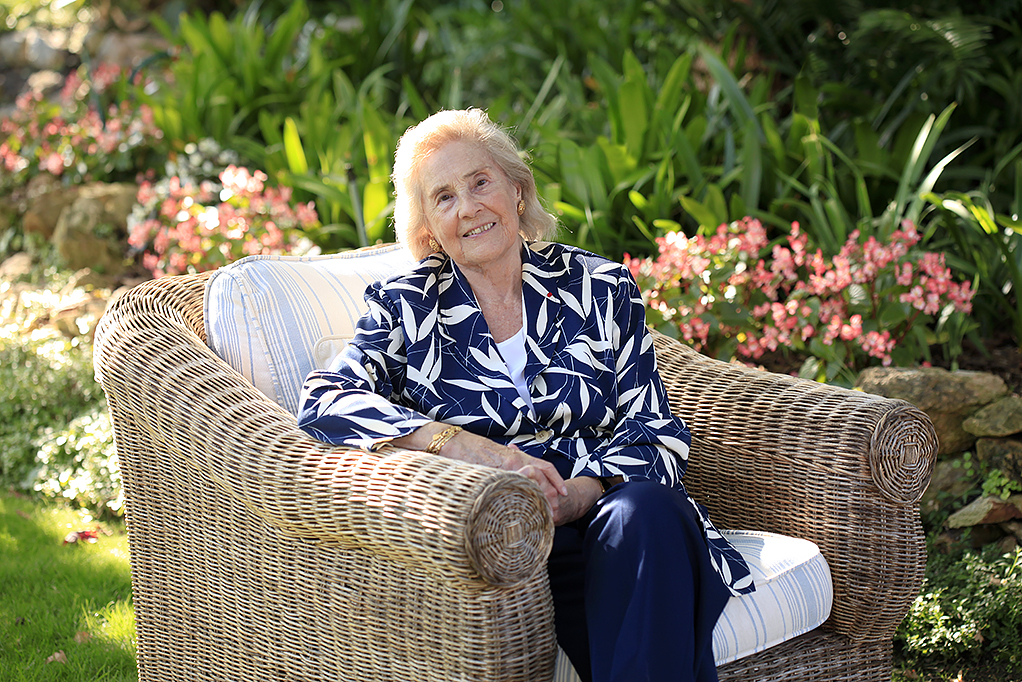
The website details the fascinating Glenelly story. “In 2003, at the age of 78, May de Lencquesaing, then owner of the famous Château Pinchon Longueville Comtesse de Lalande, a Grand Cru Classé from Pauillac, Bordeaux, purchased the estate, part of the original Ida’s Valley farm, granted in 1682 by Simon van der Stel. With a nod to the French Huguenot settlers 300 years before, she set about planting vines to replace the existing fruit trees, realising her vision of establishing a thriving winery that best utilises the soils and microclimate of the valley and supports local economic development and the community. And thus Glenelly Estate was reborn.
“The 1783 stamp on the Glenelly wine labels signifies nearly 250 years of the family’s involvement in the wine industry which continues in the 21st century at Glenelly. Their ancestor, Elie Miailhe, was granted the title of ‘royal wine broker’ in 1783. May de Lencquesaing (née Miailhe), continues this tradition together with her grandchildren, Nicolas Bureau and Maxime Bureau.”
Glenelly Estate Reserve, Stellenbosch 2012 is tasty drinker. Rich, loaded with concentrated dark fruits. Oak and tannins likely toned down by nine years of age, so consider decanting if you get a younger vintage. Pair with rich beef dishes—grilled steaks, chicken-fried steak, meat loaf; lamb; venison; roasted and rotisserie chicken, especially crackled skin and aggressive sauces. $22-28
